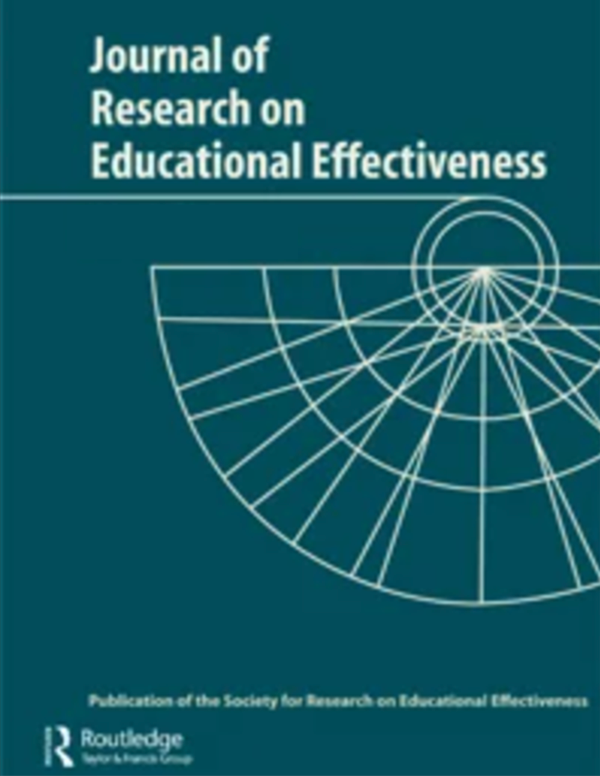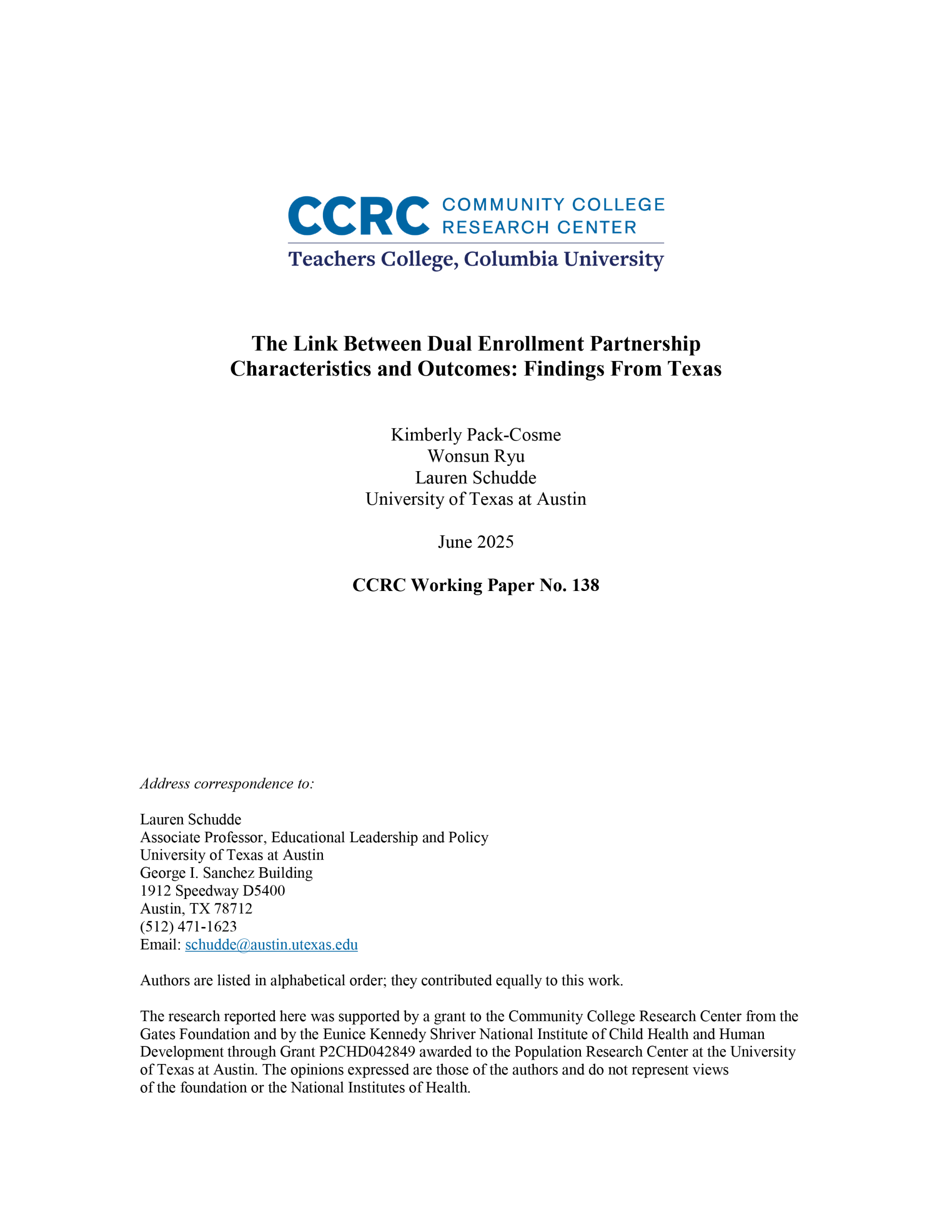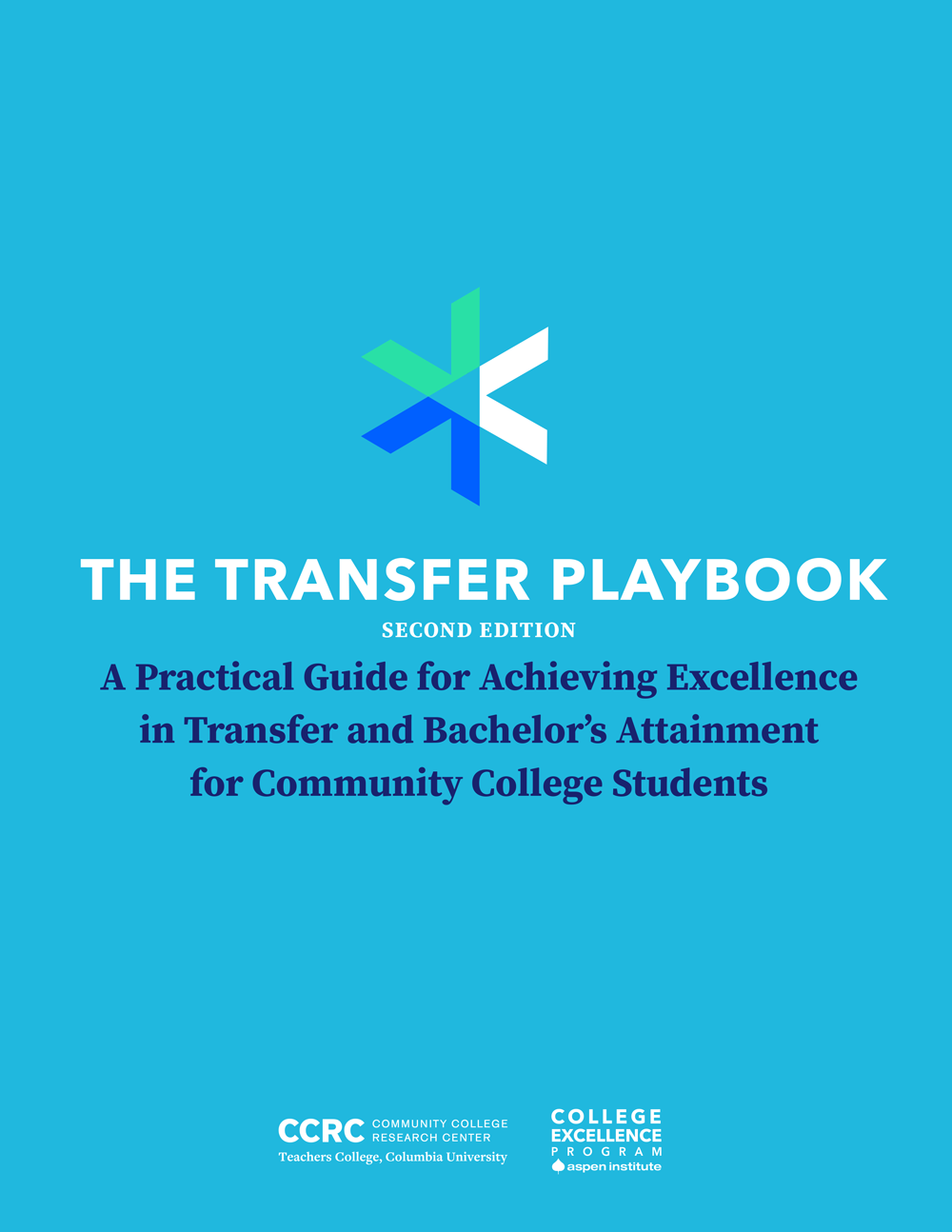July 2025
This ARCC Network brief examines two statewide workforce-focused initiatives, G3 and GO Virginia. The authors present a snapshot of how these initiatives interact on the ground and describe opportunities for more deliberate and strategic efforts to better align their goals and investments.











